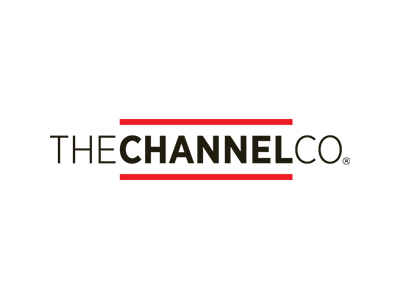Commercial Drones Are the New Search and Rescue Rangers
Emergency response groups across the globe have incorporated drones into their search and rescue mission processes and preventative programs to address the rising risk of natural disasters.

Photo: Twitter @Cambrionix
Police, fire departments and other emergency response groups across the globe have incorporated drones into their search and rescue mission processes, as well as preventative programs and measures to address the rising risk of natural disasters from the increasing impact of global climate change.
The use of drones in search and rescue (SAR) operations has pros and cons, but the benefits and ability to save lives, especially in high-risk, potentially dangerous regions across the globe, more often outweigh potential downfalls. Some benefits of deploying drones for SAR missions (in comparison to solely using helicopters for these missions) include:
● Decrease in operational expenses
● Low environmental impact since most drones use a small amount of fuel or no fuel at all
● Low amount of greenhouse gas emissions
● Low maintenance costs
● Low amount of energy consumption
● Increase in safety since drones don’t require humans to operate them
Three of many applications of search and rescue drones include deployment of drones by the Coast Guard, emergency responders in low temperature snowy regions and local emergency disaster groups to quickly create localized flood maps.
Coast Guard Water Rescues
Ooredoo Corp., a global company that provides technological solutions to local environmental and economic issues, outlined plans at Mobile World Congress 2017 for its Ooredoo Rescue project. By using Ooredoo’s latest drone and communications technology, Coast Guards will be able to more quickly and efficiently respond to emergency situations in the ocean. Its Rescue project centers around the Coast Guard monitoring live video streams from cameras situated in remote locations and utilizing drones to quickly send an emergency raft to individuals in danger.
The Ooredoo Rescue concept consists of a set of monitoring stations on buoys that are strategically located along a coastline. Cameras are located on several of the buoy stations as well as solar-powered technology that tracks updated sea data.
Data and video documented at these buoy stations is transported to the main Coast Guard center, where Coast Guard officers are able to communicate with and deploy drones through the use of a video feed powered by Ooredoo’s 4G Supernet system. These drones provide a valuable mechanism and timely response to emergencies for individuals in danger, giving them emergency equipment such as buoys and rafts that can keep them alive until Coast Guard officers can reach the individuals.
A Blizzard of Drones
Drones are useful in the seas and in the snow. Recently, several drones helped Kamloops Search and Rescue locate seven temporarily missing snowboarders and skiers near a resort in Kamloops near Vancouver, British Columbia. Even though Search and Rescue officers are still in the beginning phases of incorporating drones to retrieve skiers and snowboarders from perilous situations, these particular snowboarders got lucky. While they spent nine hours floundering in hip-deep snow, they were lost in the right place, as Kamloops SAR is part of a pilot program with Emergency Management BC, testing where and when drones might help rescuers.
The drones used by Kamloops SAR can detect temperatures and were able to identify the stark contrast between the lost individuals’ high body temperatures from constant movements vs. the very cold temperature on the mountain. The drones had an infrared FLIR camera attached to an unmanned aerial vehicle operated by Search and Rescue using remote controls.
Timely Flood Mapping
Another key usage of drones is to document drastic climate-change events that result in flooding, as the drones can go in for an assessment where rescuers can’t. The video access is important for local emergency responders as well as researchers who are tracking regional and national climate change patterns that are also associated with an increasing number of public health risks.
Most recently, significantly unusual flood patterns have hit across the state of California, and Governor Jerry Brown declared a state of emergency in the heart of the Silicon Valley in February.

Photo: Kevin Lowe
Drones in San Jose were able to capture the impact of flooding in neighborhoods where many families and individuals had to quickly evacuate. More than 14,000 residents evacuated and more than 36,000 homes were hit by floodwaters, according to SF Gate. To document the flooding for rescuers including the San Jose Fire Department, Kevin Lowe flew a DJI Mavic Pro over the waterlogged William Street Park neighborhood, where residents of more than 200 homes evacuated.
For regions that are becoming increasingly affected by natural disasters, the ability of drones to take camera and video footage in potentially dangerous areas, without human supervision, provides a valuable mechanism to address public safety when evacuations are necessary.
Learn more about Ooredoo Rescue project from Mobile World Congress and industrial drones, including the Intel Falcon™ 8+.